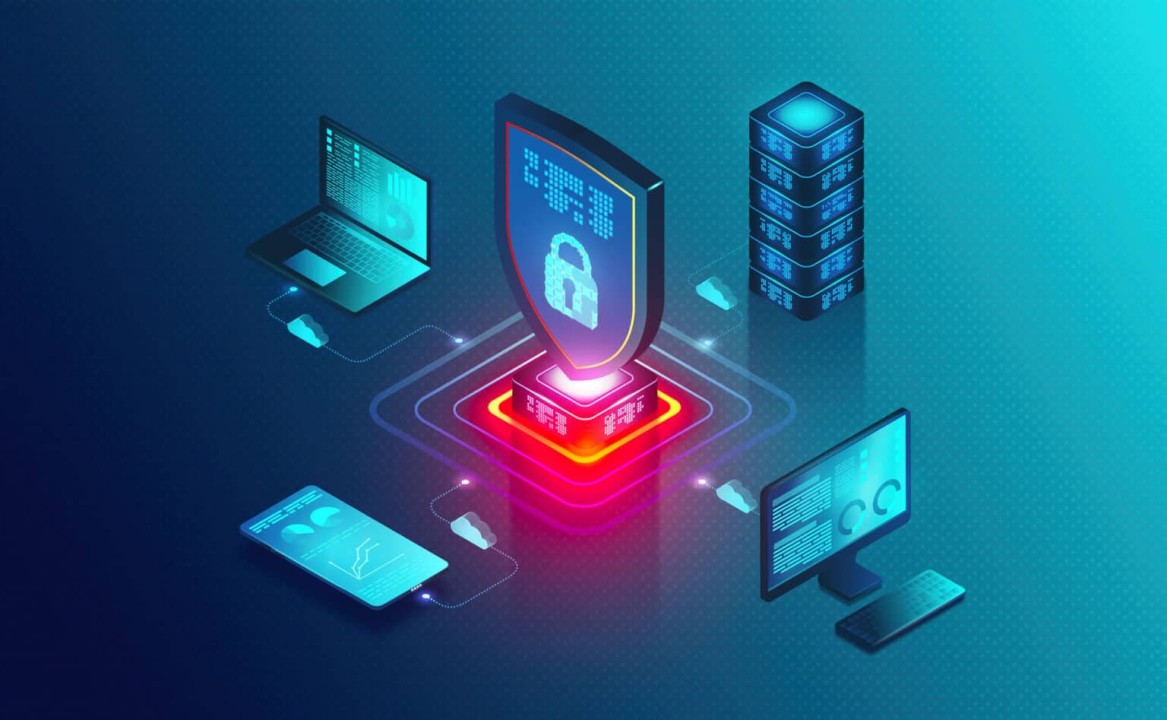In today’s digital age, cybersecurity isn’t just an IT issue—it’s a business imperative. Every day, companies face evolving threats that could cripple their operations, compromise sensitive data, and damage their reputation. The real question is, how can companies Techprimex.co.uk strengthen their cyber defenses to stay ahead of these relentless cybercriminals?
Let’s dive deep into the strategies, practices, and tools companies can adopt to build robust cyber defenses and ensure long-term digital security.
Understanding the Cyber Threat Landscape
Before we explore solutions, it’s crucial to understand the cyber threat landscape. Imagine your business as a fortress. No matter how high your walls are, attackers will always find new ways to breach them. Hackers, phishing scams, ransomware, and insider threats are just the tip of the iceberg.
The Evolution of Cyber Threats
Back in the early 2000s, viruses like the “ILOVEYOU” worm caused havoc by spreading through emails. Fast forward to today, and we’re dealing with sophisticated malware, zero-day exploits, and advanced persistent threats (APTs) designed to bypass even the most secure systems.
Why does this matter? Understanding the evolution helps businesses predict future threats and adapt proactively.
Implement a Strong Cybersecurity Policy
A comprehensive cybersecurity policy is the foundation of any strong defense.
Why Is It Important?
Think of it as the rulebook for your company’s digital environment. It defines roles, responsibilities, and best practices, ensuring everyone, from the CEO to intern,s understands their part in protecting company data.
Key Components of a Cybersecurity Policy:
- Access Control Policies: Who can access what?
- Data Protection Guidelines: How is sensitive data handled?
- Incident Response Plan: What happens when a breach occurs?
- Regular Security Training: Keeping staff informed.
Having a well-defined policy isn’t just a formality—it’s the first line of defense.
Employee Training and Awareness Programs
Believe it or not, human error accounts for over 90% of cyber incidents. That’s why employee training is critical.
The Human Firewall
Your employees are either your weakest link or your strongest defense. Imagine Sarah from accounting receiving a seemingly harmless email asking for login credentials. Without proper training, she might fall for a phishing attack.
How to Build an Effective Training Program:
- Simulated Phishing Campaigns: Test and educate employees.
- Regular Workshops: Keep security top of mind.
- Clear Reporting Channels: Encourage staff to report suspicious activities without fear.
Knowledge is power—equip your team with it.
Deploy Advanced Security Technologies
While policies and training are vital, they need to be backed by robust technologies.
Must-Have Security Technologies:
- Firewalls and Intrusion Detection Systems (IDS): The digital gatekeepers.
- Endpoint Protection: Securing devices from malware and threats.
- Encryption Tools: Protecting data in transit and at rest.
- Multi-Factor Authentication (MFA): Adding an extra layer beyond passwords.
Investing in advanced tools might seem costly, but a data breach will cost far more.
Regular Security Audits and Vulnerability Assessments
You can’t fix what you don’t know is broken. That’s where security audits come in.
Why Conduct Regular Audits?
Think of it like a health check-up for your IT systems. It helps identify weaknesses before hackers do.
Steps for an Effective Audit:
- Define the Scope: What systems will be reviewed?
- Identify Threats: Use tools to scan for vulnerabilities.
- Analyze Findings: Prioritize risks based on potential impact.
- Implement Solutions: Fix issues and strengthen defenses.
Routine checks keep your security posture strong and resilient.
Develop an Incident Response Plan (IRP)
No matter how strong your defenses are, breaches can still happen. A well-crafted Incident Response Plan ensures your company can respond swiftly and effectively.
Key Elements of an IRP:
- Preparation: Define roles and responsibilities.
- Detection & Analysis: Identify breaches quickly.
- Containment: Limit the damage.
- Eradication & Recovery: Remove the threat and restore systems.
- Post-Incident Review: Learn and improve.
A fast response can be the difference between a minor incident and a catastrophic breach.
Secure Remote Work Environments
With remote work becoming the norm, securing off-site connections is crucial.
Challenges of Remote Work:
- Unsecured Wi-Fi Networks: A playground for hackers.
- Personal Devices: Often lack robust security.
- Shadow IT: Employees using unauthorized apps.
How to Secure Remote Work:
- Use Virtual Private Networks (VPNs): Encrypt internet connections.
- Enforce Strong Passwords: Combined with MFA.
- Remote Device Management: Control access and security settings.
Remote doesn’t have to mean vulnerable.
Embrace a Zero Trust Security Model
Zero Trust Architecture (ZTA) is more than a buzzword—it’s a game-changer.
What Is Zero Trust?
In simple terms: “Never trust, always verify.”
Instead of assuming users inside the network are safe, ZTA continuously validates every access request.
Implementing Zero Trust:
- Micro-Segmentation: Divide networks to limit breaches.
- Continuous Monitoring: Analyze user behavior in real-time.
- Least Privilege Access: Give users only the access they need.
Adopting Zero Trust reduces risks, even if attackers breach initial defenses.
Protect Against Insider Threats
Not all threats come from outside. Insider threats can be malicious or accidental but equally dangerous.
Types of Insider Threats:
- Disgruntled Employees: Intentional data breaches.
- Negligent Staff: Unintentionally exposing data.
- Third-Party Vendors: Unsecured access points.
Mitigation Strategies:
- Regular Monitoring: Track user activities.
- Strict Access Controls: Limit data exposure.
- Clear Offboarding Procedures: Revoke access immediately.
Trust is good; monitoring is better.
Ensure Data Backup and Recovery Plans
Data loss isn’t always due to breaches. Natural disasters, hardware failures, and human errors happen too.
Why Backups Matter:
Imagine losing all customer data overnight. A robust backup and recovery plan ensures business continuity.
Best Practices:
- Automate Backups: Regular and consistent.
- Off-Site Storage: Protect against physical threats.
- Test Recovery Processes: Ensure backups actually work.
In cybersecurity, hope isn’t a strategy—preparedness is.
Stay Informed and Adapt
Cybersecurity isn’t a one-and-done task. Threats evolve, and so should your defenses.
How to Stay Updated:
- Follow Cybersecurity Blogs: Stay ahead of trends.
- Participate in Webinars: Learn from experts.
- Engage with Security Communities: Share insights and experiences.
Adaptability is key to surviving in the ever-changing cybersecurity landscape.
Conclusion
Strengthening your company’s cyber defenses isn’t just about technology. It’s a holistic approach involving people, processes, and continuous improvement. By implementing the strategies discussed, businesses can confidently navigate the digital world, protect sensitive data, and maintain customer trust.




